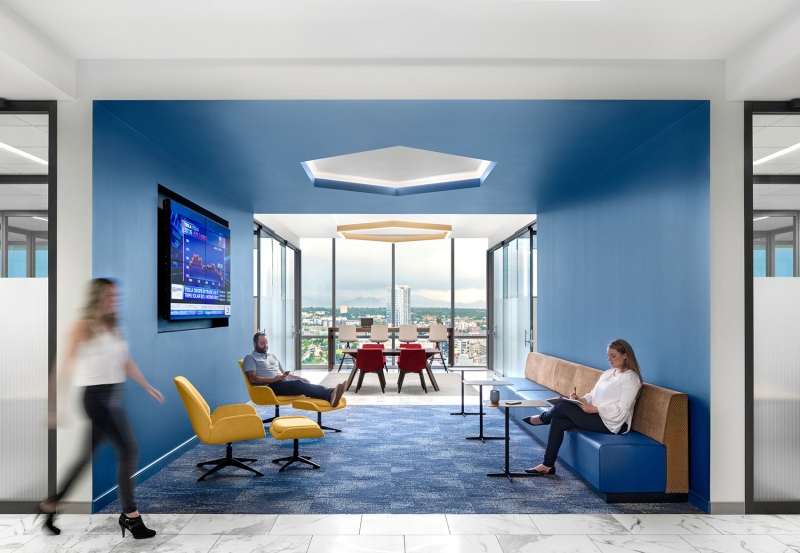
Greening together: site, community and sustainable building
Austin, Texas has topped Forbes Magazine's annual list of fastest growing cities in the United States several times in the past decade. Austin is also where Page was founded in 1898 and it too has topped Austin Business Journal's annual list of largest architecture firms several times in the past decade. When Metropolis Magazine looked to Texas as the site for one of its Thursday Think Tanks held across the US, it tapped Page for support on the topic of sustainable building, and the firm recruited two current clients to participate.
Mueller is a mixed-use neighborhood in east Austin master-developed by Catellus Development Corporation. Formerly the site of the city’s first commercial airport, Mueller's 700 acres of brownfield are now home to multiple elements, including a Page-designed entertainment venue located in the Page-branded Town Center and three Page-designed multifamily residences.
Greg Weaver, executive vice president of Catellus, noted, “In addition to remediation of the brownfield, we tried to use as much of the existing infrastructure as possible: the runways, the tarmacs and the parking lots.” Page also derived inspiration from the historical architecture as seen in its AMLI Mueller Multifamily Residences leasing center designed to evoke the original shapely airplane hangar adjacent to the property.
One of the crown jewels of Mueller is the new headquarters for Austin Energy, which has served the city for 125 years and is now one of the largest producers of wind and solar energy in Texas. Page served as architect of record for the new headquarters which Austin Energy executives wanted to be a role model for the business community. “Austin Energy encouraged us to be an energy model at the very beginning of the project,” said Bill Huie, Page Senior Associate.
Watch: Metropolis Think Tank panel discussion
Using sustainable design to conserve energy
Page and Austin Energy worked through a number of design options to improve energy conservation. As an example, the project team explored triple pane windows as opposed to the normal double pane. Exposed concrete slab edges were also considered due to their heat loss/heat gain advantages. The 275,000 square-foot, $155 million building will accommodate approximately 1,000 employees. It is on track to be certified WELL and LEED Platinum.
Benefits of a live-work-play community
“Mueller is committed to reducing auto usage,” said America Alva, Page project architect. “The community is intimate and walkable.” Catellus’s Weaver noted that employers like Austin Energy want a community where economically diverse employees can live, work and play. Younger people want to be in a place that’s 24-hour. Mueller offers both through affordable housing goals and round-the-clock urban activity.
Reprised from a Metropolis Magazine article here.